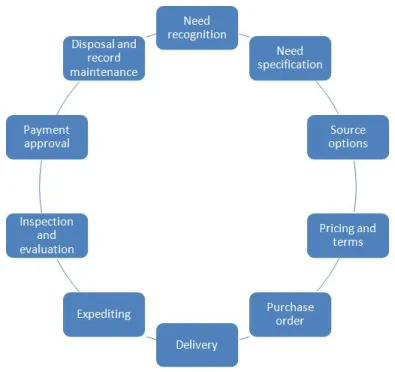The Ultimate Guide to Document Approval Workflow
- donnariekepro
- Jul 8, 2024
- 2 min read
In today's fast-paced business environment, efficient document approval workflows are crucial for maintaining productivity and compliance. A well-designed workflow not only streamlines the approval process but also enhances transparency and accountability within organizations.
Key Components of a Document Approval Workflow
Initiation: The process begins with the initiation of a document for approval. This stage involves identifying stakeholders and setting clear objectives for approval.
Routing: Documents are routed through predefined paths to the appropriate stakeholders for review and approval. This step ensures that each document reaches the right individuals in a timely manner.
Review: Stakeholders review the document based on predefined criteria such as content accuracy, compliance with regulations, and alignment with organizational goals.
Approval: Once reviewed, stakeholders provide their approval electronically. This stage may involve multiple levels of approval depending on the document type and organizational hierarchy.
Notification: Automated notifications keep stakeholders informed about the status of their pending approvals, reducing delays and ensuring timely responses.
Benefits of Implementing a Document Approval Workflow
Increased Efficiency: Automation reduces manual effort and accelerates document processing times.
Improved Accuracy: Standardized workflows minimize errors and ensure consistency in document handling.
Enhanced Compliance: Built-in compliance checks and audit trails help organizations adhere to regulatory requirements.
Cost Savings: Reduced paper usage and streamlined processes lead to lower operational costs.
Best Practices for Designing an Effective Workflow
Define Clear Roles and Responsibilities: Assign clear roles to stakeholders involved in the approval process to avoid confusion and delays.
Utilize Automation Tools: Implement workflow automation tools that integrate with existing systems to enhance efficiency and reduce administrative burdens.
Ensure Scalability: Design workflows that can scale with organizational growth and accommodate changes in document volume and complexity.
Monitor and Optimize: Continuously monitor workflow performance using analytics and user feedback to identify bottlenecks and areas for improvement.
Challenges in Document Approval Workflows and How to Overcome Them
Complex Approval Hierarchies: Simplify approval chains and implement parallel approvals where possible to expedite the process.
Integration Issues: Ensure seamless integration between workflow tools and existing IT infrastructure to prevent compatibility issues.
Resistance to Change: Educate stakeholders about the benefits of automated workflows and provide training to facilitate adoption.
Conclusion
Implementing a robust document approval workflow is essential for modern organizations aiming to streamline operations, enhance productivity, and maintain compliance. By leveraging automation and adhering to best practices, businesses can optimize their document approval processes to achieve operational excellence. SITES WE SUPPORT
SOCIAL LINKS




Comments